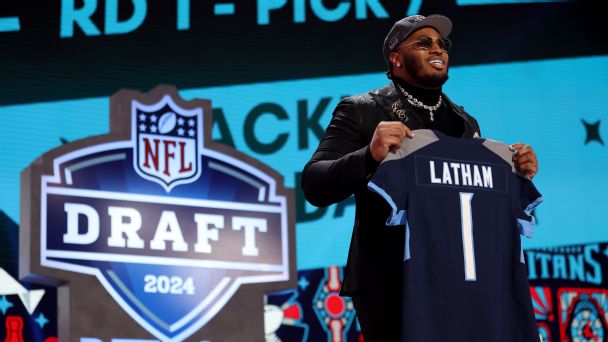![Carlos Sainz crash qualifying Q2 [800x450]](https://a.espncdn.com/photo/2024/0420/r1321493_800x450_16-9.jpg)
Impact sub Pandey finally gets his chance and makes it count
SHANGHAI, China -- The stewards at the Chinese Grand Prix have dismissed a protest lodged by Aston Martin against Carlos Sainz's continued participation in Saturday's qualifying after he stopped on track.
The Ferrari driver spun on the exit of the final corner, crashed his car head-on into the barrier and stopped at the side of the track, causing the session to be suspended by a red flag.
In the space of one minute and 17 seconds, Sainz restarted his car and continued back to the pits where the front wing was replaced so that he could rejoin the session. He went on to qualify seventh.
Aston Martin's protest argued that Sainz had been in breach of Article 39.6 of F1's sporting regulations, which states, "Any driver whose car stops on the track during the qualifying session or the sprint qualifying session shootout will not be permitted to take any further part in that session."
- Unlapped: Listen to ESPN's F1 podcast
In determining whether Aston Martin's protest was admissible, the stewards ultimately had to determine what was meant by the word "stops" within the article. After considering past examples of cars stopping on track and previous discussions between teams about Article 39.6, they came to the conclusion that the protest should be dismissed, meaning Sainz will keep seventh place on the grid for Sunday's race.
"It is clear that the plain language of Art. 39.6 suggests that so long as a car "stops" on the track during a qualifying session, that car should not be permitted to take further part in the session," a stewards statement said.
"However, it was clear from the examples cited by a number of the team managers present and the FIA, that this was not how this rule was applied by the teams and the FIA in the past.
"The FIA team explained that so long as the car was able to restart and continue from a stopped position within a reasonable time, that would ordinarily be permitted. The typical time would be around 30 seconds, though that varied depending on the circumstances.
"The teams themselves said that they had previously attempted to agree what they considered to be a reasonable length of time before a car would be considered 'stopped'. Unfortunately, they were not able to come to a final agreement on the maximum time allowed.
"In the FIA's view, what was crucial was that the car would not receive any outside assistance in order to restart (e.g. from marshals)."
Sainz did not receive assistance from marshals in China, and the stewards' statement went on to reveal that a previous meeting between teams had come to the conclusion that Article 39.6 should only be applied if outside assistance is gained, although this was not added to the regulations.
Aston Martin went on to argue that race control's messaging system stated that Sainz had stopped on track, but that too was rejected by the FIA as grounds for a successful protest.
"Aston also argued that the fact that the messaging system suggested that the car had 'stopped' conclusive of that fact for Article 39.6. Race Control clarified that the language was standard language used in the system and therefore did not convey what Aston was suggesting," the statement added.
"Indeed, we saw an example of Alexander Albon in Montreal in 2022 where he stopped for 40-odd seconds and restarted without complaint from any teams and the messaging system similarly showed that the car had 'stopped.'
"So, we did not think that the messaging system was indicative of a decision on the part of Race Control for the purposes of Article 39.6. There was therefore a clear pattern of past practice in the sport whereby this rule was read to allow a car to restart and continue, so long as it did not receive outside assistance to do so."













